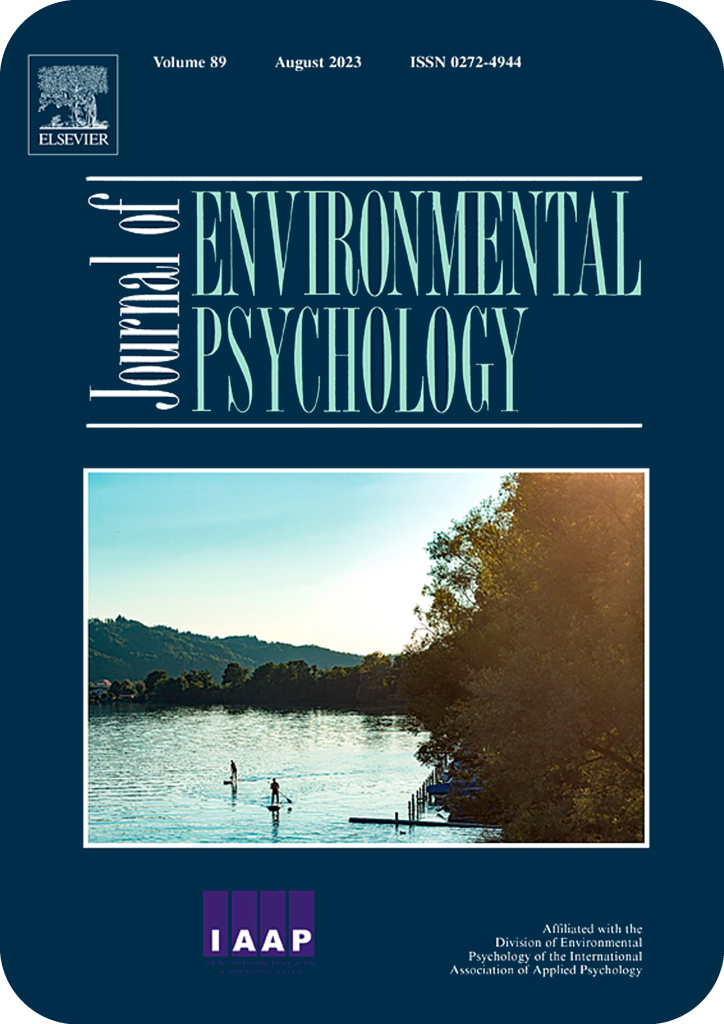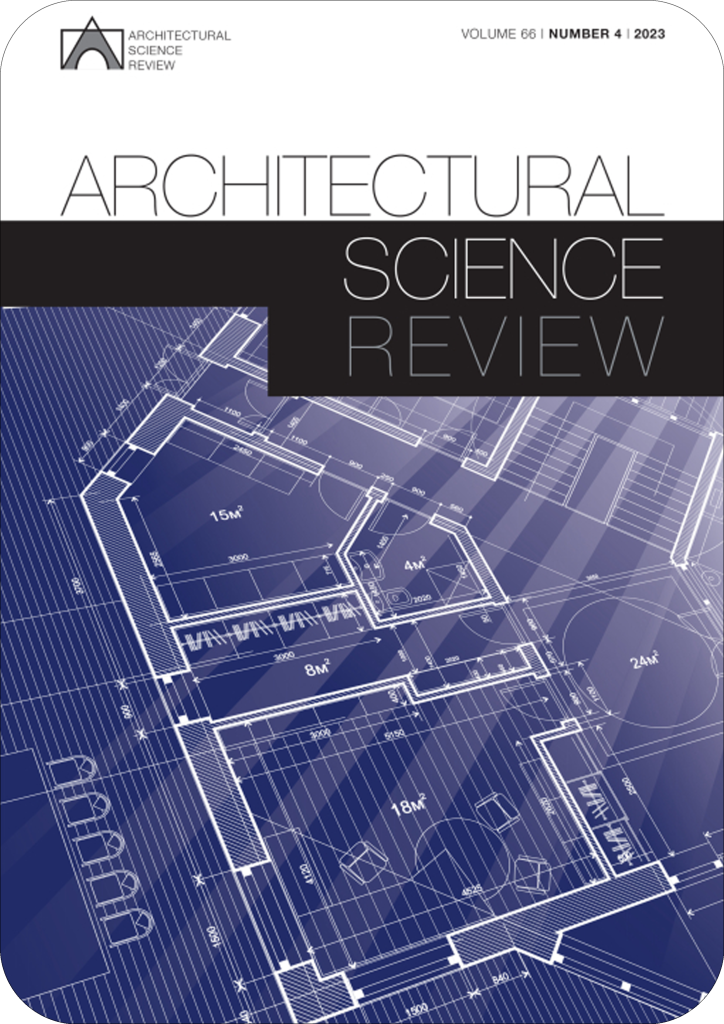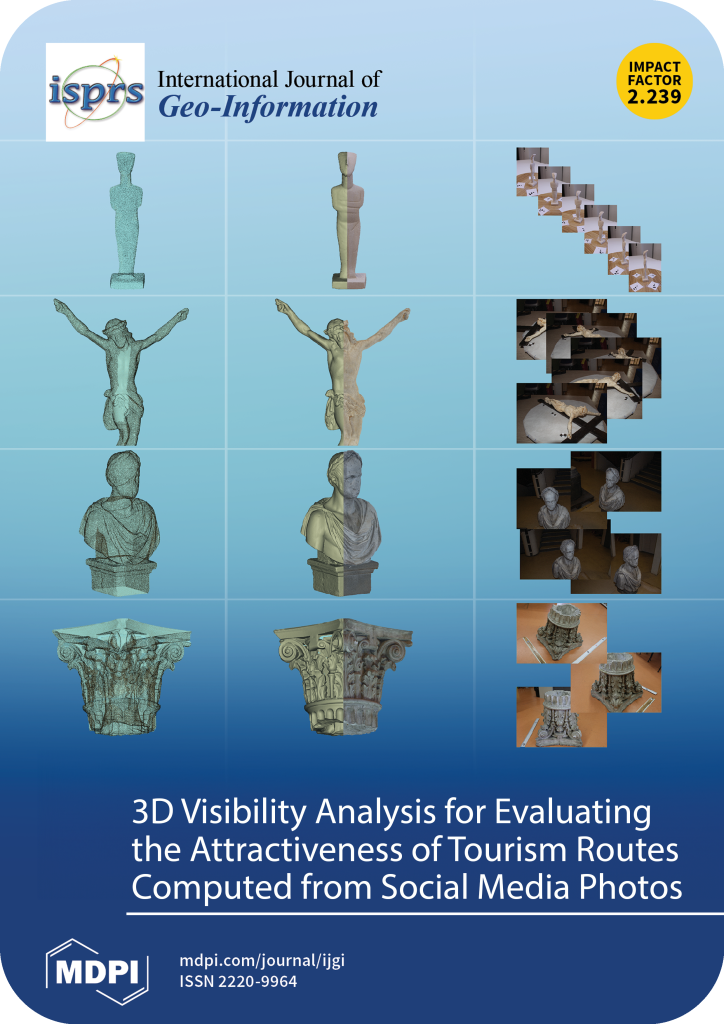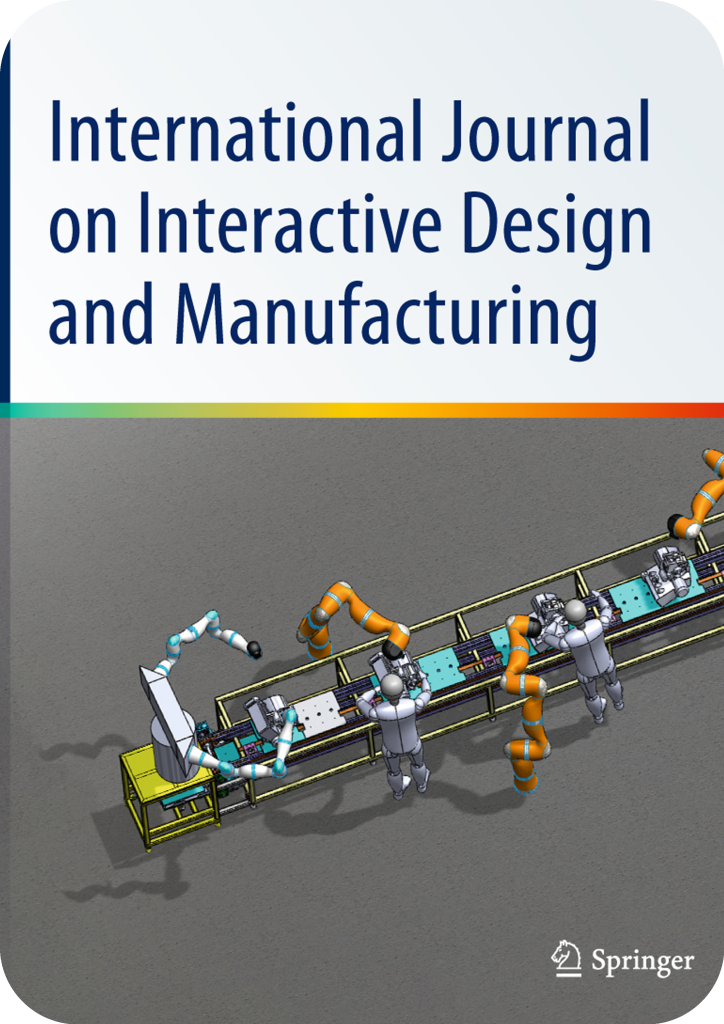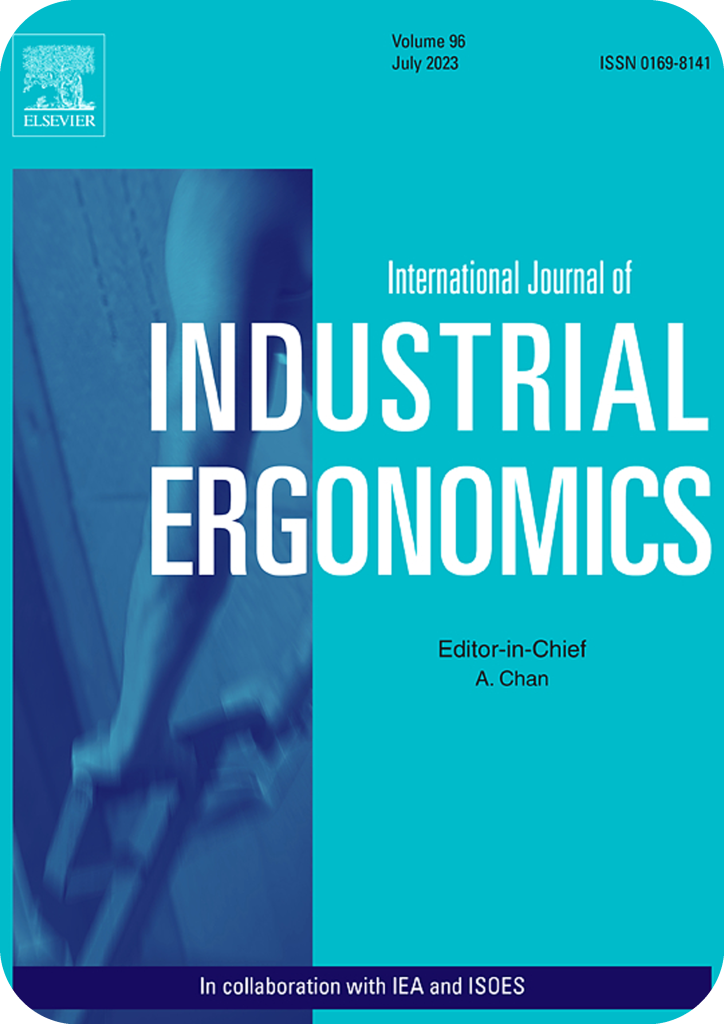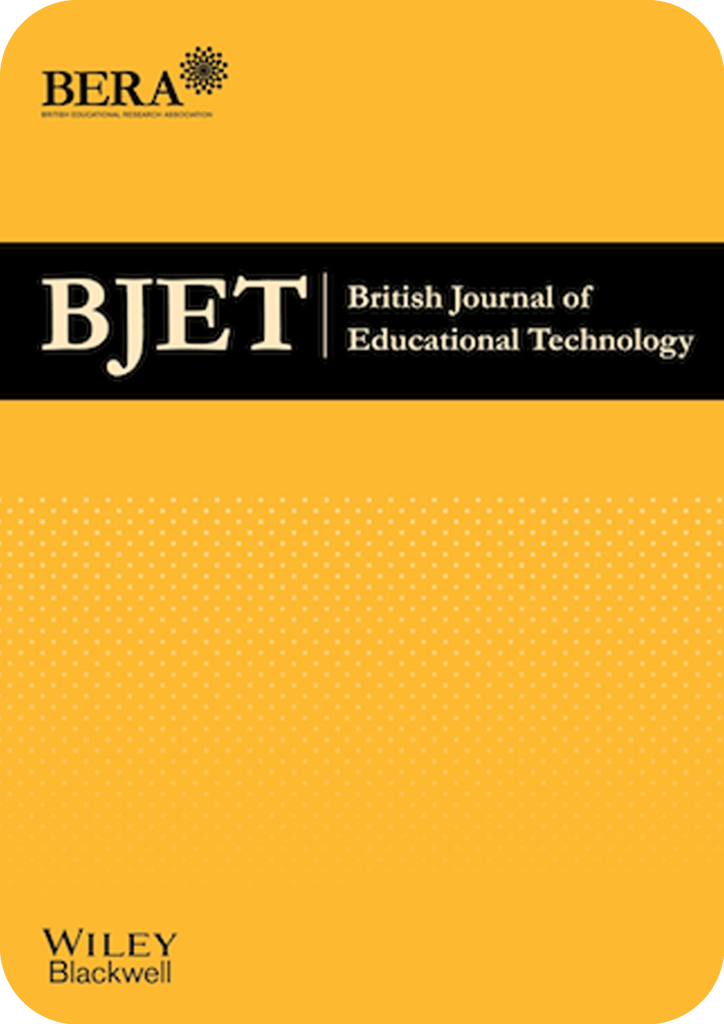Refereed Journal Papers
Maayan Merhav and Dafna Fisher-Gewirtzman. (6.2023)
Vol. 90.
Abstract: Wayfinding capabilities stem from interactions between cognitive processes and environmental elements. Previous studies that have attempted to improve human wayfinding by architectural designs mainly focused on environmental cues for supporting landmark-based navigation. The current study, however, tests whether…
More InfoNaama Zur, Simone Shamay-Tsoory, Anna Sterkin & Dafna Fisher Gewirtzman (2023)
DOI: 10.1080/00038628.2023.2224284.
Abstract: erceived density was examined as two architectural design features were varied: wider wall location in trapezoid-shaped apartments and window size. Subjects rated perceived density and positive affect following presentation of apartment units with these features changed but with the same amount of space. Two electroencephalogram (EEG) measures were examined: event-related desynchronization modulation (Mu-Rhythm) and Theta power – both associated with movement…
More InfoRoei Yosifof and Dafna Fisher-Gewirtzman (4.2023)
DOI: 10.1177/23998083231171398
Abstract: To improve pedestrians’ wellbeing and walkability in urban environments, designs must address a range of factors. To enhance such designs, spatial assessments of urban attributes are important, as they may contribute to our understanding of the impact of the urban setting on peoples’ perceptions when traversing these areas. This research proposes a novel hybrid tool for conducting mesoscale analyses that enables the…
More InfoYaala Trossman-Haifler & Dafna Fisher-Gewirtzman (2022)
DOI 10.1080/00038628.2022.2091510
Abstract: Urban environments face the serious challenge of complying with relatively tight constraints regarding land and tenant density. In fact, this has become a key constraint in both current and future urban designs. Moreover, wellbeing is strongly influenced by urban planning and design decisions. The objective of this study was to examine the effect of spatial parameters on the…
More InfoNatapov A., Parush A. Laufer L. and Fisher-Gewirtzman D. (9.2021)
145 (2022) 105485
Abstract: Effective indoor wayfinding in the event of an emergency is key to guaranteeing safe and timely evacuation. However, despite the increasing number of evacuation studies, only a limited number focus on the influence of architectural elements. Through a virtual reality experiment, we create a link between human factors in indoor emergency wayfinding and architectural design by exploring interior wall transparency, evacuation starting…
More InfoMor, M.; Fisher-Gewirtzman, D.; Yosifof, R.; Dalyot, S. (2021)
2021, 10, 275.
Abstract: Social media is used nowadays for various location-based applications and services, aspiring to use the vast and timely potential of user-generated content. To evaluate the correctness, reliability and potential of these applications and services, they are mostly evaluated in terms of optimization or compared to existing authoritative data sources…
More InfoZou Z., Ergan S., Fisher-Gewirtzman D., Curtis C., (2021)
volume 35 issue 3.
Abstract: Today, more than half of the world’s population lives in cities, and this trend appears to be growing. Despite a need to understand how design elements of urban living impact our psychological well-being (e.g., stress), very little research has used quantitative, objective tools to measure how existing or proposed urban development impacts the human experience. In this study, we leverage advances in biometric sensing to measure…
More InfoEldar, R., Fisher-Gewirtzman, D. (2020)
14, 255–269 (2020).
Abstract: The objective of this study is the usability validation of a real time–motion history volume (RT–MHV) model visualization solution, developed by the authors, by examining the advantages it gives designers, and identifying unresolved application issues that require further research. Herein, we assess our hypothesis that the usability of the RT–MHV assessment model, can be validated and is correlated to the needs…
More InfoEladr R., Fisher-Gewirtzman D., (2019).
Volume 74, Elsevier
Abstract: Ergonomic models and techniques are a fundamental issue in the design of comfortable and safe products and spaces. User studies, related to visualization tools are current issues in the ergonomics and design visualization literature. But researchers have begun…
More InfoSofer H., Fisher-Gewirtzman D., and Kalay Y.,(2019)
DOI: 10.1111/bjet.12857
Abstract: Future learning spaces (FLSs), such as immersive virtual environments, have expanded the architectural studio beyond traditional spaces, offering new affordances for learning communities (LCs) to enculturate design practices. These developments raise a need to assess how different spaces foster intended learning activities. In response, we developed a model to assess the way (LCs) are supported during the design…
More Info